Authors: Amanda, Anne & Hannah
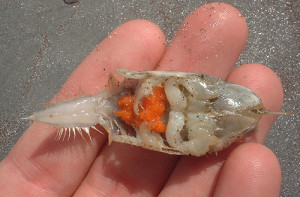
Over the past ten years, the amount of female crabs with eggs has fluctuated greatly. The crabs had fruitful mating seasons in 2009 and 2011, as shown by the graph below. Following the pinnacle of pregnant crab abundance in 2009, Ocean Beach’s sand crab population boomed (see year 2010 in the graph). Most of these crabs were juveniles and possibly offspring of the pregnant females from the year before. This population boom may be due to climate change; recent studies have shown our planet faces challenges that may be devastating for the species that make their home, reproduce, and live in sandy beaches.
While there were a great number of female crabs with eggs in 2009 and 2011, there were some limiting factors which may have affected our data. A possible limitation that may have prohibited us from gathering more accurate data is that we did not collect sand crabs from lower in the swash zone, where research shows most of the females with eggs are often found. The data might have been a lot different if we had gathered data deeper into the swash zone. Other factors may include the weather, the season, and level of human impact on the days we monitored. Furthermore, a recent article in Global Change Biology reveals that climate change impacts (rising sea levels, habitat destruction, and ocean acidification) may threaten the survival of many marine organisms on sandy beaches. Human activity, including climate change, may cause a population decline in future generations of sand crabs as well.
Our data demonstrated no specific pattern regarding female sand crabs with eggs over the duration of the past 10 years. However we observed an event in which the high amount of pregnant crabs one year were followed by a year that contained a drastic increase in total sand crabs, particularly recruits. We observed this scenario in 2009-2010, but it may have happened many times throughout the years at Ocean Beach. Only time will tell.
Beyonce rules the music industry just like sand crabs dominate the ecosystem of beaches. Based on our data, female sand crabs with eggs display at least one major comeback within the ten year duration; similar to Beyonce’s big comeback with her song, “Girls Run the World.”

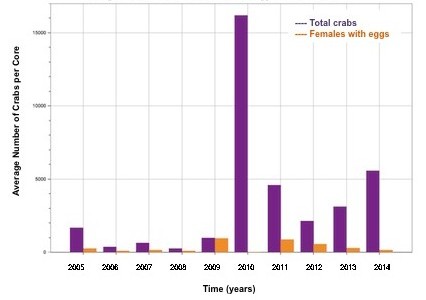
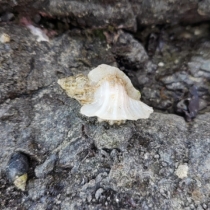
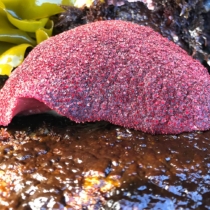
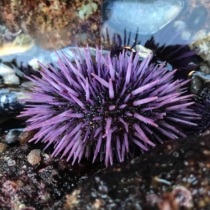
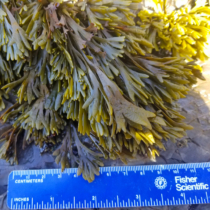
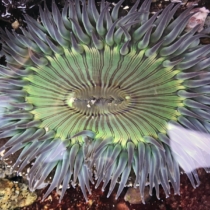
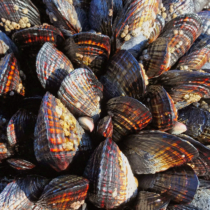
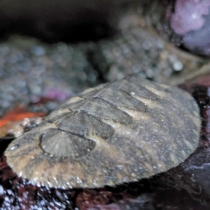
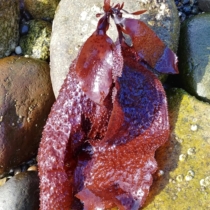
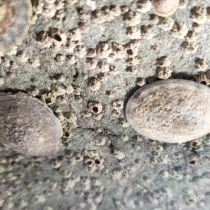
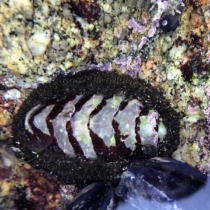
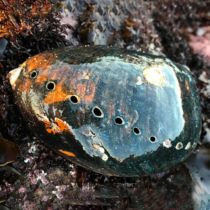

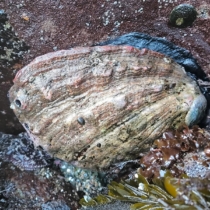

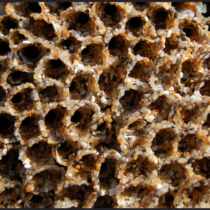

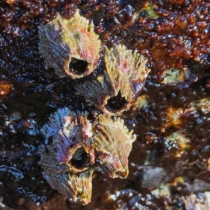
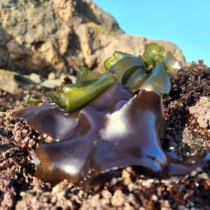

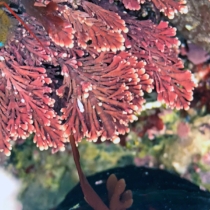
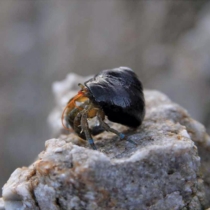
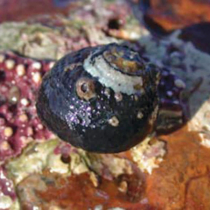
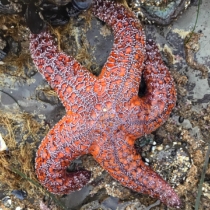
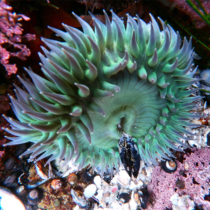


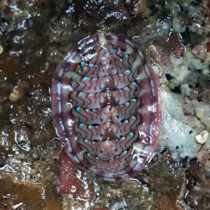
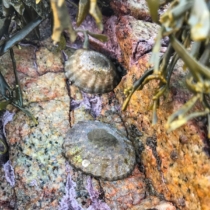
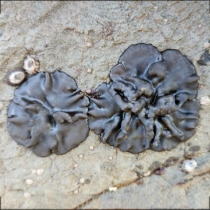

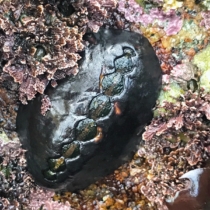
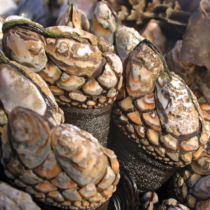

Interesting analysis! I’m intrigued by the fact that it looks like there were similar numbers of females with eggs in 2009 and 2011, but only a huge number of recruits in 2010. Any thoughts on why that was?
How do these crabs indicate the health of the overall system? And what specific species rely on them?
Awesome, blog by the way. Beyonce’s next single should be “Single, sand crab, ladies” or “Crazy in love, with sand crabs.”
Thanks for all your work!!!
Great blog! Your title and the introduction really made me want to keep reading. I also liked how at the end you tied your blog back to Beyonce because it made the blog feel complete. Why do you think there was such a huge increase in crabs in 2010? Do you think anything could’ve happened to cause that?
Greetings,
I enjoyed reading your sand crab blog. It was very interesting and I liked how you brought a catchy/ relevant humor to the intro of your blog. In our blog we too talk about female sand crabs with eggs. We however, only took data from a specific day. Overall, great job and I can tell you worked very hard and the outcome was enjoyable.
Dear Amanda, Anne & Hannah,
I really enjoyed reading your article. Your title really piqued my interest and made me curious about your blog. I also thought that your question was unique and that you presented the data regarding this information in a very clear way. I also like how you chose to look at a period of ten years in order to get a good picture of any trends at Ocean Beach.
My group looked at the abundance of mole crabs on rural and urban beaches. In addition, one of the beaches we used was Ocean Beach because it had a great deal of data. What I am curious about regarding the total abundance of crabs and the abundance of pregnant females is whether the abundance for each gender of mole crab and the abundance of pregnant females from the prior year would correlate or not. Do you think that they would?
I was also wondering about the data from 2011 to 2014. In 2011, the number of pregnant females looks about equal to that of 2009. However, the amount of total crabs counted in 2012 was nowhere near that of 2010 and actually decreases. I am curious as to why you think this is.
Again, the data you presented and the conclusions you came to in your blog were very intriguing and well written.
Sincerely,
Jolene Chan
Rad blog,
First off, the title of the blog entree is sublime, truly innovative!I find it interesting that the population of female sand crabs with eggs had a significant decline during a year of overall sand crab abundance, 2010. I find that the data presented in the bar graph clearly expresses the significant difference in the amount of female sand crabs with eggs and other sand crabs. What do you think led to the dramatic increase of female sand crabs with eggs in 2009? I understand that many organisms prey on the eggs of female sand crabs, do you believe that the sand crabs’ relation with their predators is a plausible cause to the dynamic changes in the egg carrying female sand crab population? Overall, your blog is very unique and very enjoyable to read.
Many thanks.
Pingback: California Classroom Science » Engaging Students in the Classroom, Field, and Beyond: The Role of Multimedia in Citizen Science
Fascinating article: well written and informative. Hope you will stay involved with this kind of science!